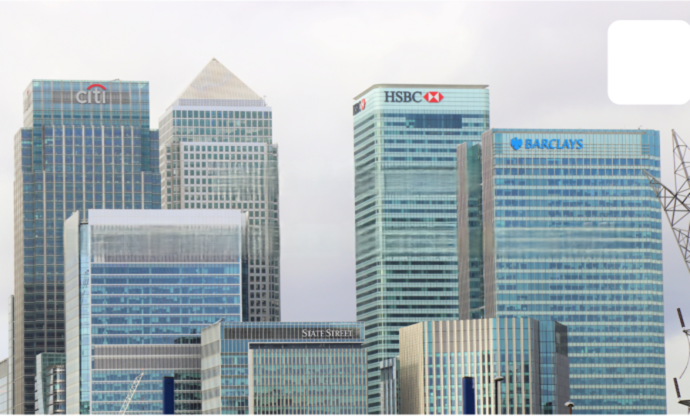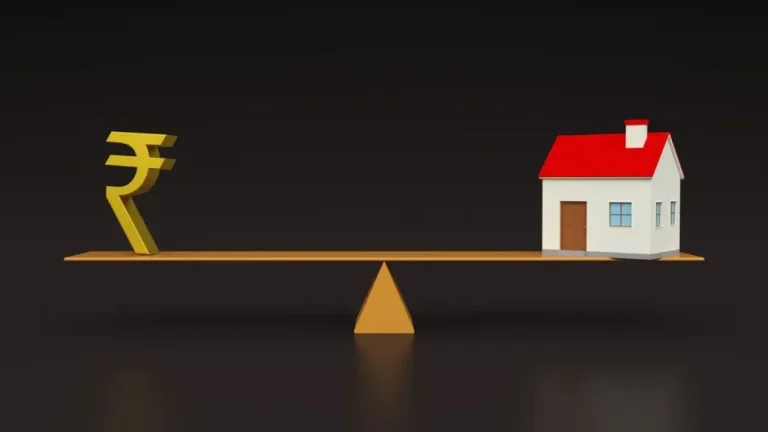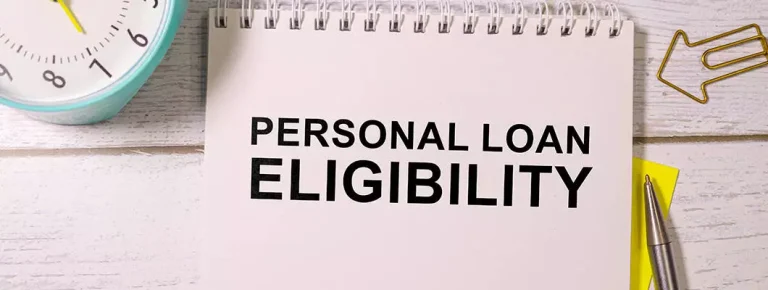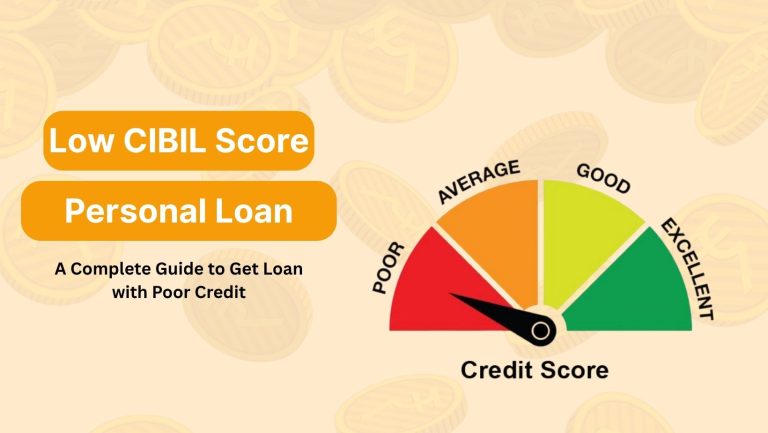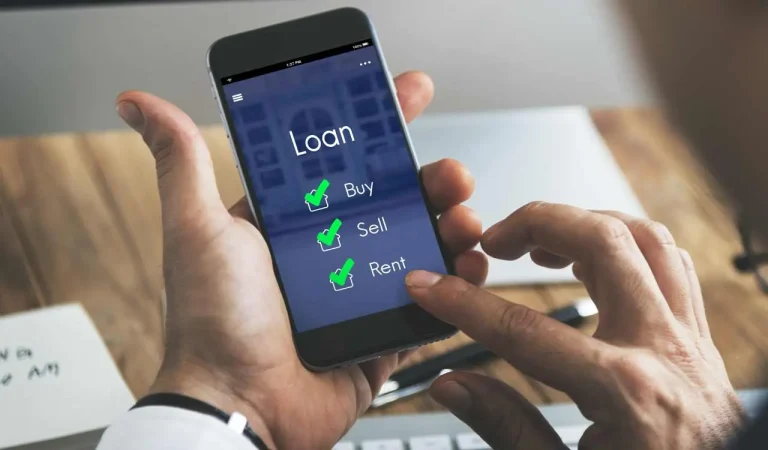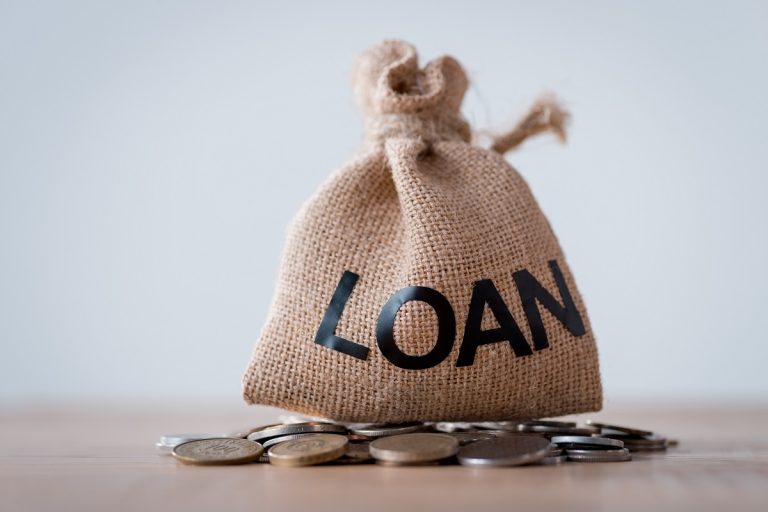Finding the lowest loan interest rate in 2025 means comparing more than a headline rate. Lenders price loans by product (personal loan, home loan, auto loan), borrower profile (credit score, income, employment), and market conditions (central bank rates, bond yields). This guide walks you through which banks are offering competitive rates in 2025, what affects the rates you’ll be offered, how to compare real cost (EMI and APR), and practical tips to get the best deal. Wherever an up-to-date rate or market trend is noted, I’ve checked current market sources so you can act on accurate, timely info.
Why Loan Interest Rates Differ Between Banks
- Product type: Home loans usually have lower rates than unsecured personal loans because they’re backed by property.
- Creditworthiness: Excellent credit scores unlock the lowest advertised rates, while weaker scores result in higher spreads.
- Loan amount & tenure: Large loans and longer tenures can attract different pricing bands.
- Market conditions: Changes in central bank rates and economic conditions directly influence lending rates.
Understanding Published Rates
- Quoted Rate vs APR: The quoted interest rate doesn’t always include fees. The Annual Percentage Rate (APR) includes processing and administrative charges, making it the true cost indicator.
- Floating vs Fixed: Floating rates fluctuate with benchmark rates, while fixed rates remain constant for a set period.
- Hidden Charges: Some loans with low headline rates may carry higher processing or prepayment fees, so always check the fine print.
Top Banks Offering Low Loan Interest Rates in 2025
1. State Bank of India (SBI) 🏦
SBI continues to dominate the Indian home loan market with some of the most attractive starting rates in the mid-7% range for salaried borrowers. It’s a strong choice for applicants with stable income and good credit history. Public sector banks like SBI often offer lower rates for government employees and women borrowers.
Why choose SBI
- ✔ Low home loan rates
- ✔ Wide branch network
- ✗ Processing can be slower than private banks
2. Bank of Baroda (BoB)
BoB has strategically lowered its home loan rates to compete with other major lenders. Eligible borrowers can access attractive interest slabs, especially for loans with long tenures or for women applicants.
Why choose BoB
- ✔ Competitive home loan rates
- ✔ Good for salaried applicants
- ✗ Limited flexibility in documentation
3. HDFC Bank / ICICI Bank / Axis Bank
These private sector giants offer both home loans and personal loans with competitive rates. For salaried professionals with excellent credit, starting rates can go below 10% for personal loans. They’re known for faster approvals and modern digital processes.
Why choose private banks
- ✔ Fast processing and disbursal
- ✔ Competitive slabs for top-tier borrowers
- ✗ Fees may be slightly higher in some cases
4. Online Lenders and Fintech Platforms 💻
Many online lenders now compete with traditional banks by offering low personal loan APRs, quick approvals, and minimal documentation. Borrowers with excellent credit scores can access special promotional rates and same-day disbursals.
Why choose fintech lenders
- ✔ Quick digital process
- ✔ Low APR for qualified applicants
- ✗ May charge origination fees
- ✗ Limited offline support
5. Credit Unions and Cooperative Banks
Credit unions often provide lower interest rates than commercial banks for both personal and home loans. However, membership requirements and geographic limitations may apply.
Why choose credit unions
- ✔ Lower rates for members
- ✔ Personalized service
- ✗ Limited branches
- ✗ Membership eligibility criteria
Pros and Cons Table for Choosing Lenders
| Lender Type | Pros | Cons |
|---|---|---|
| Public Sector Banks (SBI, BoB) | ✓ Lower interest rates for home loans ✓ Strong trust and coverage | ✗ Slower processing ✗ Rigid documentation |
| Private Sector Banks (HDFC, ICICI, Axis) | ✓ Faster processing ✓ Flexible products | ✗ Slightly higher fees ✗ Rates vary more by profile |
| Online Lenders / Fintech | ✓ Fast approval ✓ Competitive APRs | ✗ Possible origination fees ✗ Limited physical support |
| Credit Unions | ✓ Low rates for members ✓ Personalized service | ✗ Limited availability ✗ Membership required |
How to Secure the Lowest Rate — Practical Tips
- Improve your credit score: Clear outstanding dues and fix errors on your credit report.
- Compare APR, not just interest rates: This gives you a realistic idea of total costs.
- Prequalify with multiple lenders: Use soft credit checks to compare offers without harming your score.
- Opt for shorter tenures or higher down payments: This often reduces the rate.
- Leverage existing bank relationships: Salary accounts or loyalty programs can get you special discounts.
- Act during promotional periods: Banks often roll out seasonal offers with lower rates.
Quick Formula to Compare Loan Costs
Total Repayment = EMI × Number of Months
Subtract the loan amount from this figure to find total interest payable. This simple calculation helps you compare lenders on actual cost rather than headline rates alone.
Frequently Asked Questions (FAQs)
Q — Which loan type usually has the lowest interest rate?
A — Secured loans (home loans, mortgages) generally have lower nominal rates than unsecured loans because the collateral reduces lender risk. Among unsecured products, personal loan rates vary greatly by credit score.
Q — Can I get the lowest advertised rate if my credit score is average?
A — Typically not. Advertised “starting” rates are for top-tier borrowers. With an average score you’ll likely see rates several percentage points higher; aim to improve your score or reduce requested tenure to lower the rate.
Q — Are online lenders always cheaper than banks?
A — Not always, but many fintechs and online lenders offer low APRs for qualified borrowers and a faster process. For mortgages, large banks or local credit unions may beat online offers depending on promotions.
Q — Should I prioritize lowest rate or lowest EMI?
A — Lowest EMI for your affordability is crucial, but the lowest rate could still cost more if the loan includes high fees or a longer tenure. Compare APR and total repayment.
Q — How often do banks change rates?
A — Lenders update rates frequently based on funding costs and central bank policy. In volatile markets (as in 2024–2025), daily movement is possible — lock a rate when you’re comfortable.
Final Checklist Before Signing
- Confirm APR and all charges in writing
- Check prepayment or foreclosure penalties
- Ask about loyalty or autopay discounts
- Request a loan amortization schedule to understand interest breakdown over time
Conclusion
Securing the lowest loan interest rate in 2025 is a mix of preparation, comparison, and timing. Public sector banks like SBI and BoB shine in the home loan segment, while private banks and fintech lenders lead for personal loans. Always focus on APR, total cost, and eligibility before finalizing your lender. By taking a structured approach and comparing multiple offers, you can confidently choose a bank that minimizes your borrowing cost and fits your financial goals.

